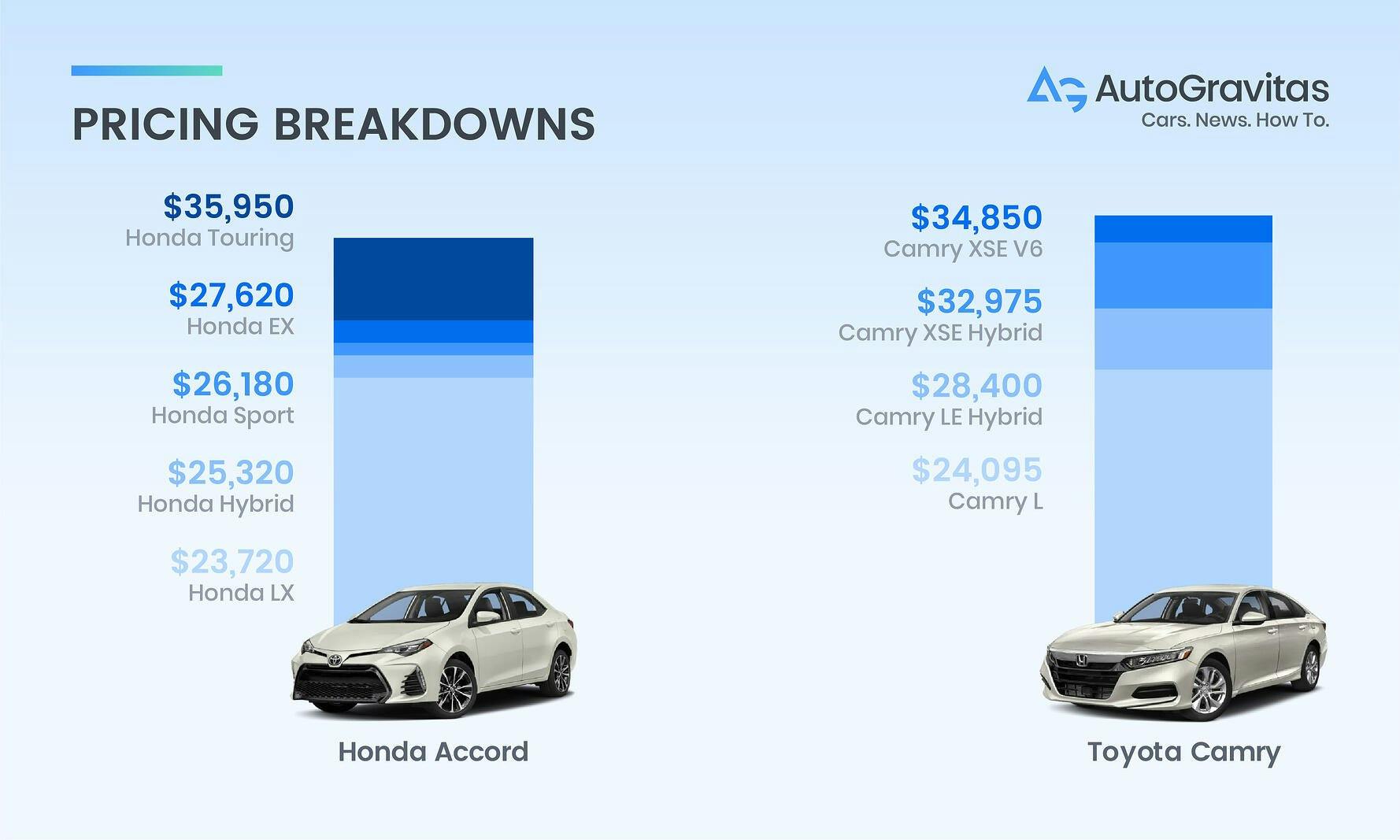Market-based pricing strategies are very common among most business, but are they the best way to price your products? Our experts weigh in!
Whether your organization is a seasoned veteran or at a very early stage, yourpricing strategyis one of the most difficult, yet incredibly important things you need to have in place before entering the market space. How you price your offerings will obviously affect your bottom line and revenue, but it will also have an effect on your potential customer’s perception. Market-based pricing is a useful method for newly emerging companies and products looking to break into a saturated market.
What is market price?
The market price is the price that a product can be purchased or sold at. Market price is determined by a product's supply and demand, two factors that drive market value. A product arrives at its market price when the price of quantity supplied equals quantity demanded.
The concept of market price can be seen in financial markets. Market prices fluctuate as buyers and sellers change their bid and offer prices to complete a trade in the stock market. This market price definition translates to goods and services in a pricing strategy known as market-based pricing.
What is market-based pricing?
Market-based pricing is when a price of a product is set according to current market prices for the same or similar products. In other words, market-based pricing means setting prices in line with your competitors and the prices of their products.
When done right, a market-based pricing strategy allows a business to set prices higher when a product is initially introduced, and later on align prices with market prices to remain competitive while increasing profitability.
Often referred to as market-oriented pricing, it means comparing the prices of similar products being offered on the market. The seller then sets the price higher or lower, or even the same as their competitors depending on how well their own product matches up to competitor products.
If an organization is able to price its offerings according to market demand, it stands a better chance of gaining market share. With higher demand, a company may offer higher prices even if similar products have a lower price, thereby introducing competitive price levels.
The product lifecycle can also determine market-based pricing. When a product is introduced into market conditions for the first time, its penetration pricing can be fixed due to little or no existing competition in the target market. This means that companies that are first to market are able to go about setting prices in the beginning. As the product life cycle continues and competitors enter the market, prices will have to adjust to match or beat competitors' prices.
As always though, you shouldn’t get complacent with your pricing. You need to reevaluate, optimize, and be sure your product is adding value.
What is market-based pricing?
Market-based pricing is when a price of a product is set according to current market prices for the same or similar products. In other words, market-based pricing means setting prices in line with your competitors and the prices of their products.
When done right, a market-based pricing strategy allows a business to set prices higher when a product is initially introduced, and later on align prices with market prices to remain competitive while increasing profitability.
Often referred to as market-oriented pricing, it means comparing the prices of similar products being offered on the market. The seller then sets the price higher or lower, or even the same as their competitors depending on how well their own product matches up to competitor products.
If an organization is able to price its offerings according to market demand, it stands a better chance of gaining market share. With higher demand, a company may offer higher prices even if similar products have a lower price, thereby introducing competitive price levels.
The product lifecycle can also determine market-based pricing. When a product is introduced into market conditions for the first time, its penetration pricing can be fixed due to little or no existing competition in the target market. This means that companies that are first to market are able to go about setting prices in the beginning. As the product life cycle continues and competitors enter the market, prices will have to adjust to match or beat competitors' prices.
As always though, you shouldn’t get complacent with your pricing. You need to reevaluate, optimize, and be sure your product is adding value.
How to calculate market-based pricing
Calculating your market-based pricing goes as follows: You take the cost of your product, add the market factor price, and add a premium if you believe your product is driving that premium-worthy value. Market-based pricing = cost of product + market factor price + premium
Market-based pricing = cost of product + market factor price + premium
You can also enact a market-based pricing strategy by surveying your competitors’ pricing. Once you understand trending prices, you can use the average as your own price point and adapt accordingly.
Competitors
File sharing platforms Box and Dropbox are great examples of competitors who have enacted market-based pricing. Both middle pricing tiers are within $5 of each other and offer very similar products.
Another example is Disney+ and Netflix, each streaming giant offers a single plan for somewhere between $6.99 and $8.99.
This form of pricing focuses solely on the public information competitors put out, not customer value.
Industry Averages
Depending on the industry your organization is a part of, the market-based pricing method is pretty simple and can be rather prevalent. There is no standard industry average but if you’re in an industry with even one or two direct competitors you can implement a reasonable market-based pricing strategy.
In most industries marketing and product managers will then have to do relatively little market research to find the right price. It is also possible to make adjustments in prices by following tweaks made by competitors. Keep in mind though, that this gets much more complicated when you’re not comparing equal goods, which is often what happens in the software space.
Market-based pricing examples
You don’t have to go very far to witness market-based pricing in everyday life. Restaurants, retail stores, and even car dealerships are real-world examples of market-based pricing.
Smart Phones
One example of market-based pricing is the cell phone market. There are plenty of options to choose from but most suppliers—Apple, Samsung, Google—take a cue from each other, not only in the features, but also pricing. The latest phones have price points that are very similar.
A phone’s price will also decline over time due to new models or lack of promotion. This would be the company reacting to the market, therefore lowering the price to make it more appealing.
The Automotive Industry
Another market-based pricing example is the car industry. A highly competitive and saturated industry where market-based pricing is very prevalent. Just take a look at the pricing of the latest Honda and Toyota models, they’re virtually the same.

Example bundles from Autogravity.com
Market-based pricing advantages and disadvantages
Market-based pricing is pretty self explanatory. There is no reference to the customer whatsoever. You are making a pricing decision based on your competitors, and how saturated the market is. At what point do you stop and think about the customer and actual market-based pricing advantages and disadvantages?
Advantages of market-based pricing
A market-based pricing strategy can be effective, so long as what you’re selling is congruent with what your competitor is selling. Obviously, if that industry is particularly saturated, market-based pricing is likely to give you an accurate pricing point that will allow you to remain competitive. But you will need to focus on adding superior value compared to your competitors.
It’s also fairly low risk. If you have a solid grasp on your product’s quality, target audience, and cost, this method will most likely not lead to bankruptcy. If it's working for your competitors, it can similarly work for you. Competition-based pricing takes a very similar approach.
Disadvantages of market-based pricing
Replicating your competitor’s pricing is a lot like copying your neighbor in class. If they make a mistake in their pricing, it’s rather likely you will too. Competitor pricing has a certain stability toward it, but it’s extremely local and can lead to short-term thinking, as well as plenty of lost opportunities when it comes to expanding your customer base. If you mirror your competitor’s pricing, you’re also likely to acquire the same customer base, rather than create your own.
Another negative, and crucial one, is that you’re not thinking about the customer. Your end user should be considered from the very beginning. If you don’t understand your ideal customer, you’re leaving money on the table.
How market-based pricing forgets the customer
Too many businesses focus on pricing to compete, instead of pricing to show value. The market-based pricing method is solely focused on the competition rather than the customer.
As mentioned before, one of the cons to market-based pricing is not understanding your customer base or developing real buyer personas. If you develop an ideal customer, but don’t understand the value you can provide, you could be underselling your product. Understanding your value and your customer can lead to suitably charging a higher price.
Does we recommend market-oriented pricing?
Depending on your company and your product, a market-based pricing method could be a good fit. Nevertheless, we recommend that you always consider market value and always keep your customers top of mind.
Create a superior product that is well aligned with the market. Often times we’ll see organizations pivot to value-based pricing—pricing a product or service based on how much the target consumers believe it’s worth. Instead of looking inwardly at your company or laterally toward competitors, value-based pricing gives you an outward look.
You want to make sure you price at the value you are worth.
Market-based pricing FAQs
Why is market-based pricing important?
A market-based pricing strategy can help businesses set a high price for their new products and later lower the price to be in line with competitors' offering. Ultimately, this method enables businesses to drive sales and higher profits.
What is the difference between market-based pricing vs cost-based pricing?
Market-based pricing requires you to think about the product price first, without calculating the costs. On the other hand, cost-based pricing means you first need to consider the costs before you set the price of your products.
What is involved in a market pricing model?
Market-based pricing models require you to consider the prices of the same or similar products on the market to set the price of your new product. Next, the price should be adjusted higher or lower than the competitor's depending on how your product compares to other products in terms of quality, specific features, etc.


